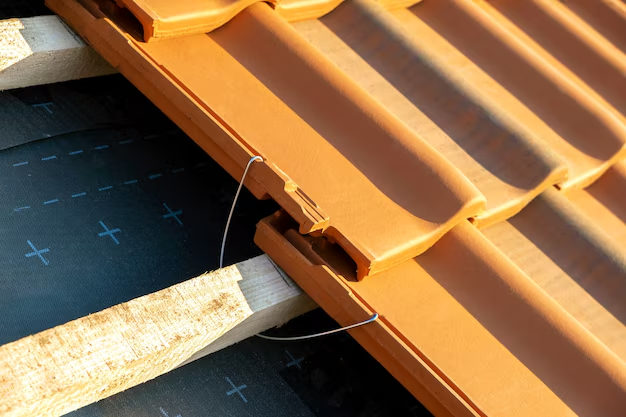When Should You Consider Replacing Your Roof? Tips for Every Homeowner
Owning a home comes with a long list of care and maintenance responsibilities, and knowing when to replace your roof is critical to preserving your home’s value and ensuring your family’s safety. While there’s no universal rule for every roof, numerous factors help determine the ideal time to replace this vital component of your house.
Understanding the Lifespan of Different Roofing Materials
Each roofing material offers a different lifespan. Knowing what kind of roof you have can give you a ballpark estimate of when replacement might be necessary:
- Asphalt Shingles: 15 to 30 years
- Wood Shingles/Shakes: 20 to 25 years
- Clay/Concrete Tiles: 40 to 50 years
- Metal Roofing: 50 to 75 years
- Slate Roofing: 75 to 100 years
These timelines are average, and actual lifespan can vary based on factors like climate, installation quality, and maintenance practices.
Signs It's Time to Replace Your Roof
A few warning signs can indicate your roof is nearing the end of its useful life:
- Missing or Damaged Shingles: They make your roof susceptible to moisture damage.
- Granule Loss: Noticeable in asphalt shingles, this can cause them to wear faster.
- Sagging Roof: Could point to serious structural issues that require immediate attention.
- Water Damage/Leaks: Stains on ceilings or walls suggest that water is penetrating your roof.
- Moss Growth: It retains moisture against the roof and can lead to serious problems.
By catching these signs early, homeowners can avoid more costly repairs later on.
Transitioning to Financial Solutions for Your Roofing Project
Replacing a roof can be a hefty investment, but there are financial resources available that can help manage the cost. Here are some options to consider:
Explore Government Aid Programs
Some governmental initiatives and state-level programs provide assistance for home renovations, including roofing projects. Eligibility typically depends on factors like income level, age, or disability.
Discover Financial Assistance Options
Check out local and national non-profit organizations that offer financial help for home repairs. Additionally, low-interest loans or grants for home improvement projects might be an option through financial institutions or community programs.
Credit Card Solutions and Financing
If you plan on using credit for your roofing project, look into cards offering low interest rates or promotional periods with 0% interest. Some roofing companies also offer financing options directly, which can be a convenient solution to tackle upfront costs.
Educational Grants
While educational grants are not directly applicable, increasing your financial knowledge can be invaluable. Seek out free or low-cost financial literacy courses to strengthen your awareness about managing large expenses like roofing.
Prioritize Debt Relief
If debt is an obstacle, consulting with a financial advisor for strategies to alleviate pressure can be beneficial. Resources focused on debt relief can provide necessary breathing room for other significant investments.
Having practical financial solutions at your fingertips can make a considerable difference in your roofing replacement endeavors. Here’s a quick rundown of support options that might ease the process:
- 🏡 HUD Home Improvement Program: Offers options for low-income households.
- 💳 Credit Card Promotions: Check for 0% interest introductory rates on major purchases.
- 📚 Community Workshops: Free educational seminars can offer insights into finance management.
- 🏦 Low-Interest Loans: Available through home improvement lenders.
- 🤝 Non-Profit Assistance: Organizations focused on aiding with urgent repairs for eligible homeowners.
Replacing your roof shouldn't be a daunting task, either for your peace of mind or your wallet. By understanding your roofing material, spotting warning signs in time, and exploring available financial aid, you'll be better prepared to protect your investment and ensure your home remains a safe haven.
